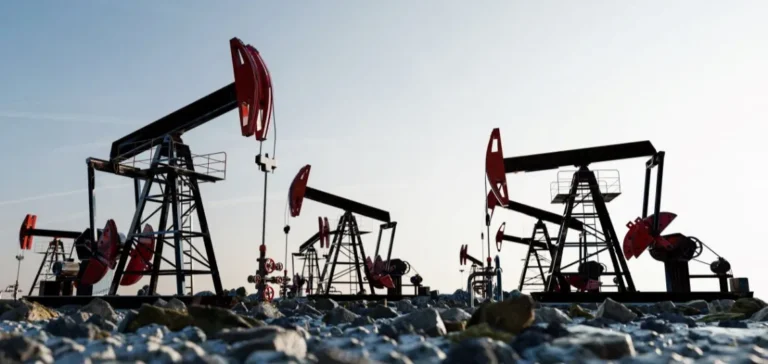The International Energy Agency (IEA) has reintroduced in its World Energy Outlook 2025 a scenario called the “Current Policies Scenario” (CPS), marking a break from the more assertive projections promoted in recent years. This outlook, based solely on enacted policies, foresees oil demand remaining above 100 million barrels per day long term, with no peak before 2050. The shift contrasts with the “Stated Policies Scenario” (STEPS), which projects a plateau around 2030.
Regulatory divergence and geopolitical uncertainty
In the United States, the official withdrawal from the Paris Agreement, enacted through Executive Order 14162, combined with the “Unleashing American Energy” doctrine, weakens the federal regulatory drive on clean energy. States and tax mechanisms inherited from the Inflation Reduction Act (IRA) remain active, but are insufficient to stabilise global expectations, particularly regarding electric vehicles and renewables.
In the European Union, reinforced sanctions against Russia, including a phased ban on Russian liquefied natural gas (LNG) from 2026, are redirecting flows toward Norway, the United States, Africa and the Middle East. Simultaneously, the US Office of Foreign Assets Control (OFAC) is increasing pressure on Iranian exports, making oil transport riskier and costlier via the so-called “shadow fleet”.
Supply tensions, long-term prices and CAPEX trade-offs
According to the IEA, meeting demand under the CPS requires over 25 million barrels per day of new projects over the next decade. Low-cost areas such as the Middle East, the Permian Basin, Brazil’s pre-salt fields and Guyana are identified as priorities. Oil companies must choose between short cycles, rapid-return projects, and exposure to low-compliance-risk jurisdictions.
In this context, oil prices could exceed $100 by 2050, with cyclical volatility driven by geopolitical shocks and investment gaps. The LNG sector expects a 50% increase in global supply by 2030, driven by capacity expansions in Qatar and the US, and underpinned by long-term gas-indexed contracts.
Industrial impacts and reshaping of oil flows
In the downstream segment, particularly refining and petrochemicals, strong demand for naphtha and liquefied petroleum gas (LPG) in emerging markets sustains cyclical margins. Diesel and jet fuel remain supported, especially outside China, though impacted by efficiency gains and regulatory shifts.
Electric vehicles and electrification infrastructure, slowed in the US, benefit partially from momentum in India and China. However, the IEA warns that the widening gap between electricity demand and low-carbon supply could lead to marginal recarbonisation in certain regions.
Strategic consequences for companies and producing states
Low-cost producers, including Gulf national oil companies and offshore players in Latin America, are securing project backlogs. US shale operators are benefitting from the cycle, while remaining exposed to price differentials and export policy shifts.
On the geopolitical front, the growing role of Qatari and US LNG in Europe and Asia’s energy security is reshaping trade routes. Sanctions targeting Russia and Iran are segmenting the global oil market, creating compliance cost differentials for insurers and shipping operators. The IEA also notes that the 1.5 °C climate target becomes unachievable under current policies, increasing tensions between producing countries and international institutions.






















